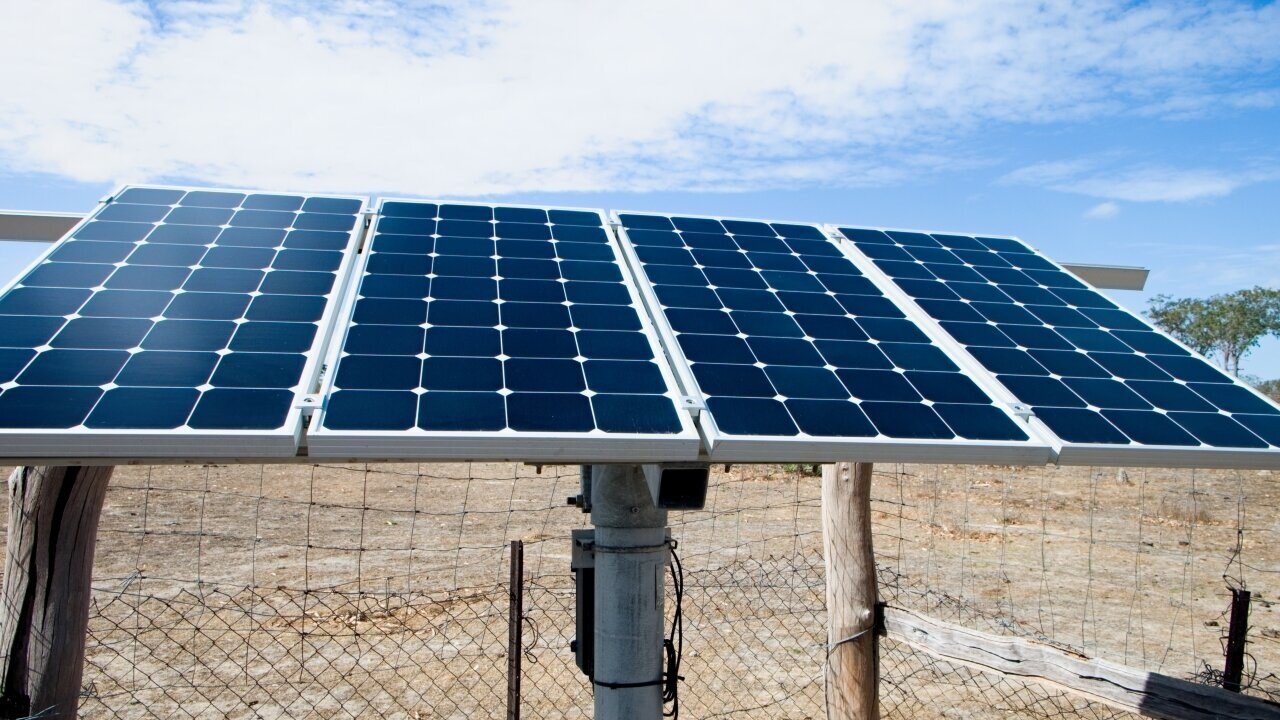Technology on Country:
Energy and Renewables
More than any other technology area, CfAT has a long and proud history as a disruptor and leader in the field of Indigenous renewable energy, spanning more than two decades. Over the course of the highly acclaimed Bushlight renewable energy program, CfAT built over 140 off-grid renewable energy systems on remote Indigenous homelands, while maintaining over 250 legacy solar power systems. The world-class knowledge gained from this program has been maintained by engineering company Ekistica, a CfAT subsidiary who continues to lead in this field.
The challenges associated with providing a reliable energy supply to remote Indigenous families living on country are stark. In small remote outstations, petrol or diesel generators are often used due to the low capital cost and the ease of installation. However, in the long term, this energy source has high operational costs, reliability issues, and many other limitations.
Renewable energy, especially solar, is a promising proposition. Yet the reality of providing a robust and reliable energy supply with renewables in remote areas has several challenges requiring careful consideration. Often, energy solutions are driven by technology and engineering design (supply side) without adequate involvement or consideration of the people who are the end users (demand side).
Demand side
Designing with people, and for how they use and interact with energy technology, is critical in remote areas. Codesign processes, energy education, training, operational support, and maintenance of solar systems are often overlooked, deprioritised and underfunded. This can significantly reduce the life of energy systems. The CfAT approach to energy development prioritises community participation.
Supply side
Building renewable energy systems in remote locations that are technically robust and reliable requires a particular set of approaches to design and management.
A summary of the lessons learned by CfAT, Ekistica and the Bushlight program, have been included in the Off-Grid Guide.
Resources
Off-Grid Guide: In 2019, Ekistica produced the Off-Grid Guide for remote off-grid solar power systems. This was produced by the Intyalheme Centre for Future Energy. This publication draws on the knowledge gained from the design and installation of hundreds of off-grid renewable energy systems under the Bushlight program and Ekistica.
Project Case Studies
Bushlight: A solar program by CfAT that built over 140 stand-alone off-grid solar power systems on remote homelands and outstations.
DKA Solar Centre: CfAT and Ekistica created and maintain the DKA Solar Centre, a solar demonstration facility at the Desert Knowledge Precinct in Alice Springs.
Killarney Ranger Base Solar Install: A 50kwh-per-day solar system built on Olkola Country, Cape York. This was a pilot installation for a new partnership between Ekistica, CfAT and Indigenous Business Australia.
Top Camp Solar, Shelburne Bay: Project management of the design and installation of a solar power system for Wuthathi Aboriginal Corporation’s new ranger base at Top Camp near Shelburne Bay, Cape York. Solar panels to be donated by LONGi Solar, thanks to WWF Australia.
Oriners Solar Project: In partnership with volunteers from the Alternative Technology Association, CfAT and KASC rangers installed a new 15kwh-per-day solar system at Oriners ranger base.

